Choosing the right wall finish can completely transform the feel of your space. In this blog post, we will explore the most popular types of wall texture to help you find the perfect match for your home.
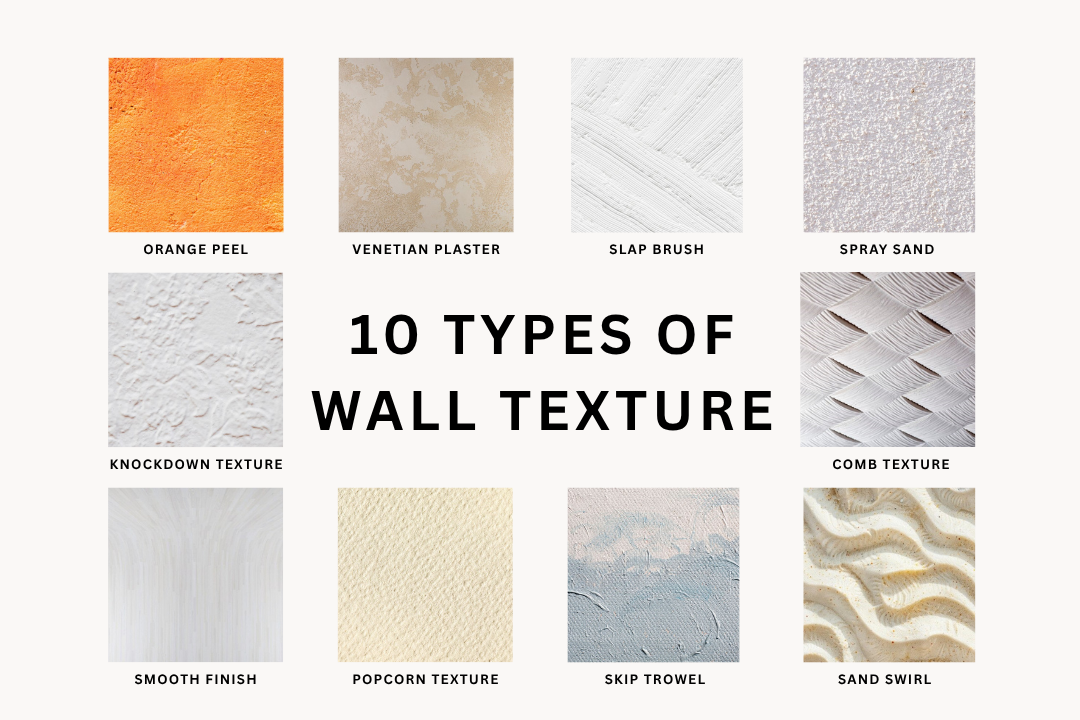
Tired of boring, flat walls that make your home feel unfinished? Wall texture might be the game-changer you didn’t know you needed.
The right texture can instantly elevate a room—hiding flaws, enhancing style, and even improving sound. And the best part? You don’t need a big budget or professional crew to make it happen.
This guide breaks down the most popular wall texture types, explains where to use them, and outlines the necessary tools and products (yes, we will link to the best ones). Whether you want a sleek, modern look or cozy farmhouse charm, there’s a texture that suits your style and skill level.
Let’s explore the textures that can completely transform your space—without the stress or high cost.
Most people think of wall texture only after the paint color, lighting, and furniture choices have been made. But in truth, texture plays a foundational role in the overall atmosphere of a room.
It can make a small room feel cozy or a large one feel dynamic. It also hides flaws in drywall, softens light reflections, and sometimes improves sound insulation.
Beyond aesthetics, the type of texture you choose can impact long-term maintenance, ease of cleaning, resale value, and even energy efficiency if it affects wall thickness or finish.
Whether you’re building a new home or renovating an old one, selecting the right wall texture ensures your walls do more than stand—they speak.
In this blog post, we will walk you through the top 10 types of wall texture to elevate your space—let’s get started.
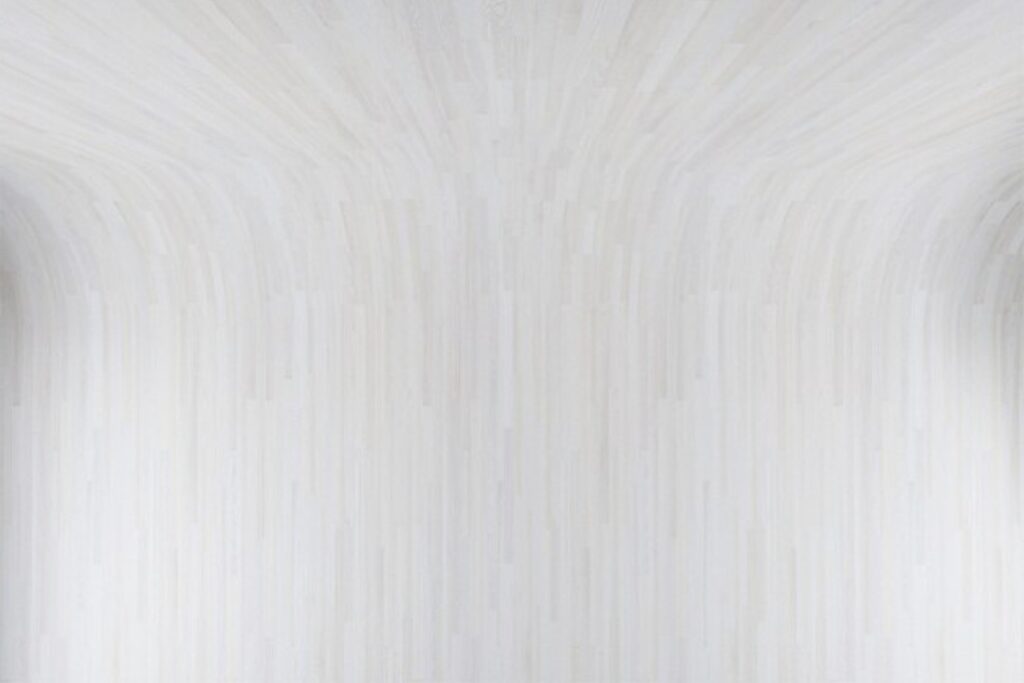
The smooth finish is the most basic and clean form of wall texture. It is achieved by meticulously sanding and finishing drywall so the surface is entirely flat.
This style fits modern, minimalist homes that favor clean lines and simplicity. Smooth walls provide a blank canvas for any color scheme or decorative style, making them especially suitable for accent walls with bold paint or wallpaper.
Pros:
Cons:
Best rooms for it: Living rooms, bedrooms, home offices, and art-focused spaces.
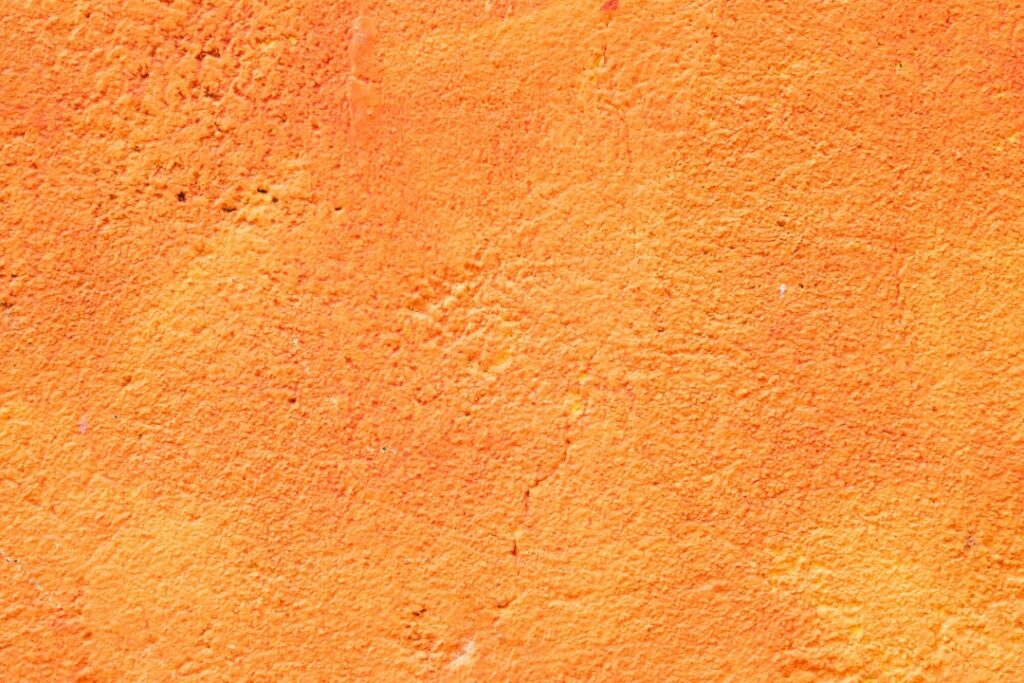
Orange peel is one of the most widely used wall textures in homes today. It gets its name from its subtle, bumpy surface that resembles the skin of an orange.
This texture is applied using a hopper and then lightly flattened to create a uniform pattern. It adds interest to a wall without drawing too much attention.
Pros:
Cons:
Best rooms for it: Bedrooms, hallways, and guest areas where a clean, soft look is desired.
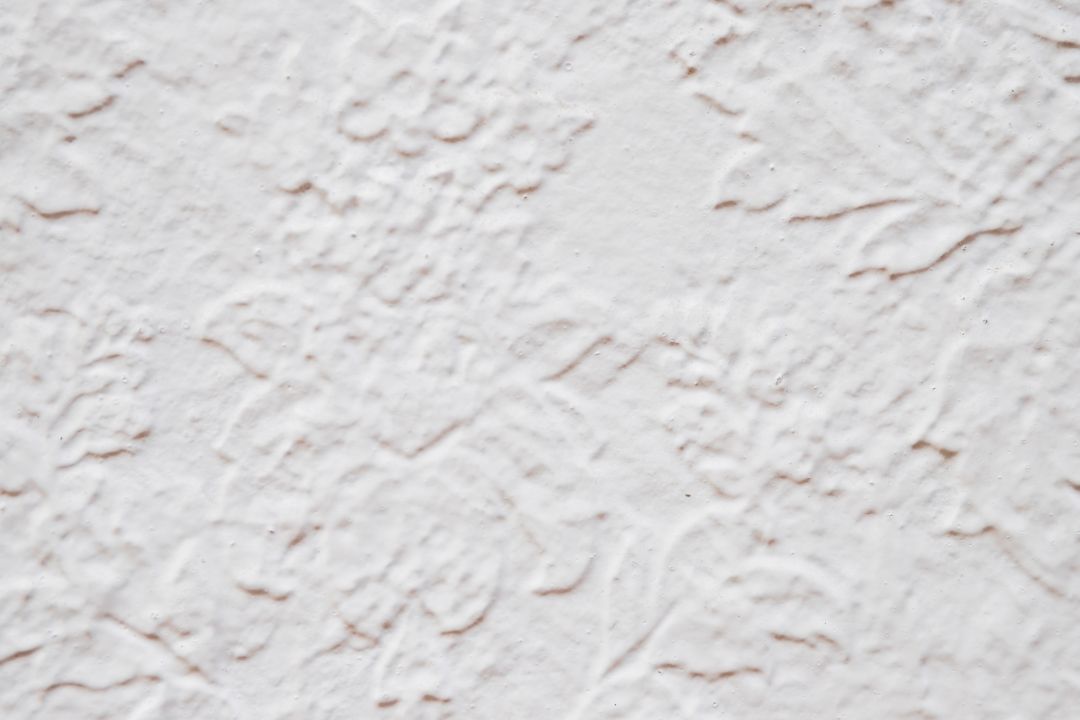
Knockdown texture adds dimension without going overboard. It starts similar to an orange peel but is smoothed out with a drywall knife, creating a flattened, slightly mottled finish.
This texture has become a top choice for modern and transitional homes due to its ability to conceal flaws while maintaining a contemporary appearance.
Pros:
Cons:
Best rooms for it: Living rooms, open-concept areas, and large master bedrooms.
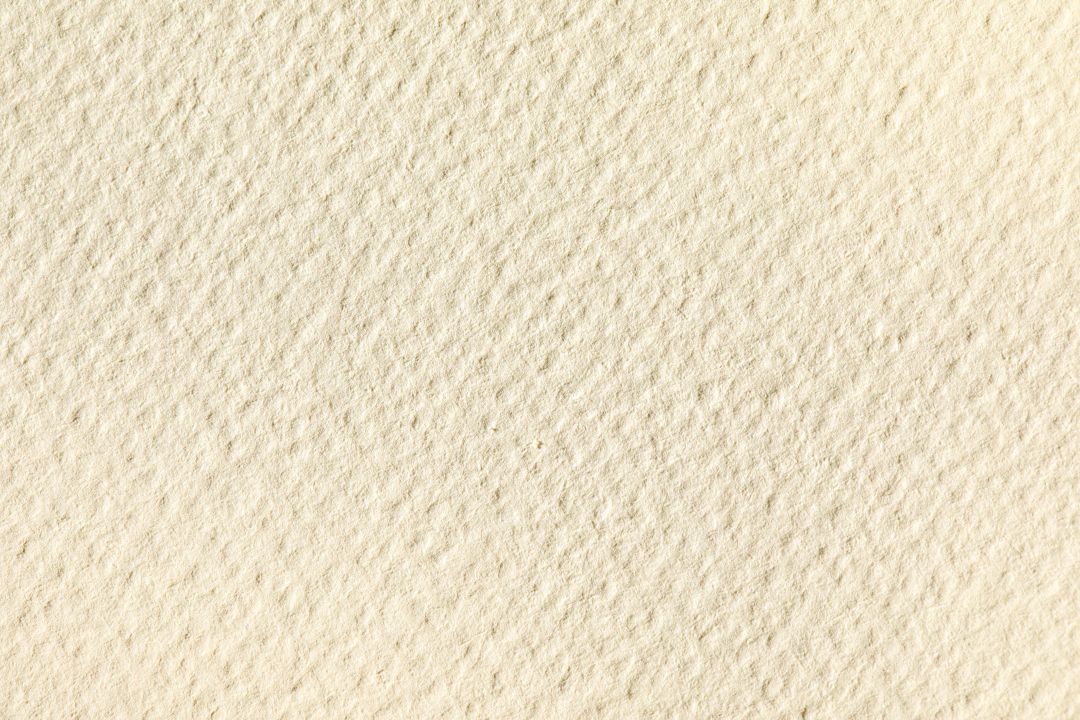
Popcorn texture, also known as acoustic ceiling texture, was extremely popular from the 1950s to the 1980s. It features large, uneven bumps that resemble cottage cheese or popcorn.
It was primarily used for ceilings due to its sound-dampening qualities and ease of application. However, it has fallen out of favor in modern design.
Pros:
Cons:
Best rooms for it: Basement ceilings, garages, or older homes retaining vintage charm.
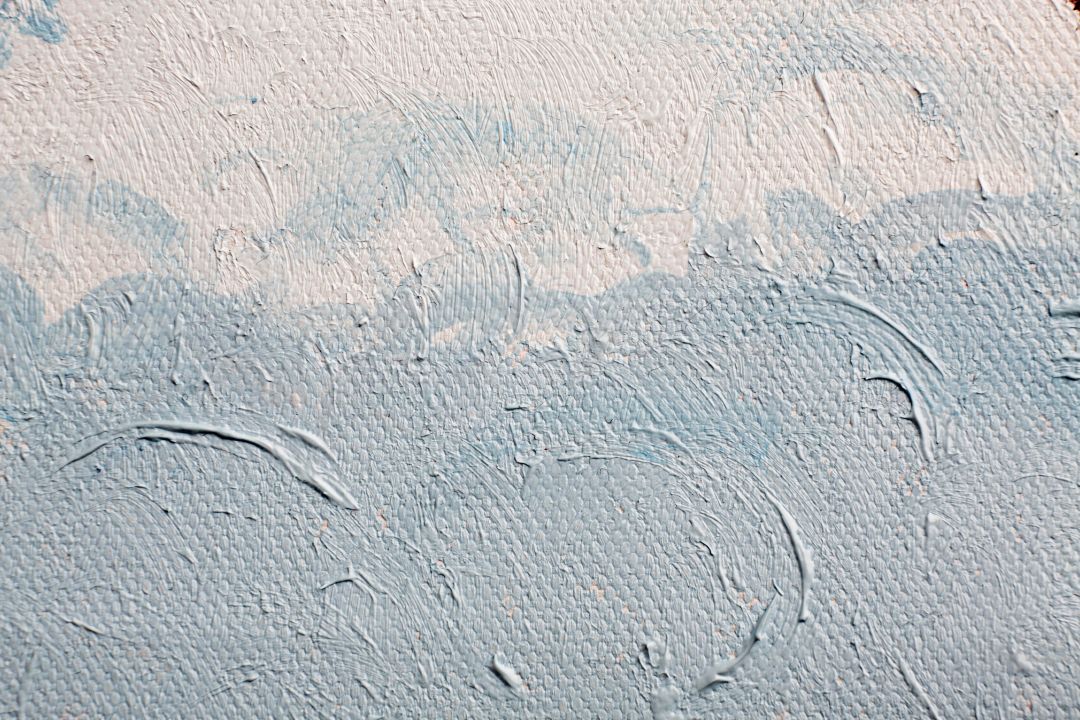
The skip trowel texture brings an artistic, handmade feel to any space. It is created using a curved knife that skips across the surface, leaving behind patches of raised plaster.
This technique is common in Southwest and Mediterranean-style homes, adding a high-end, old-world feel.
Pros:
Cons:
Best rooms for it: Dining rooms, entryways, accent walls, and vintage-style interiors.
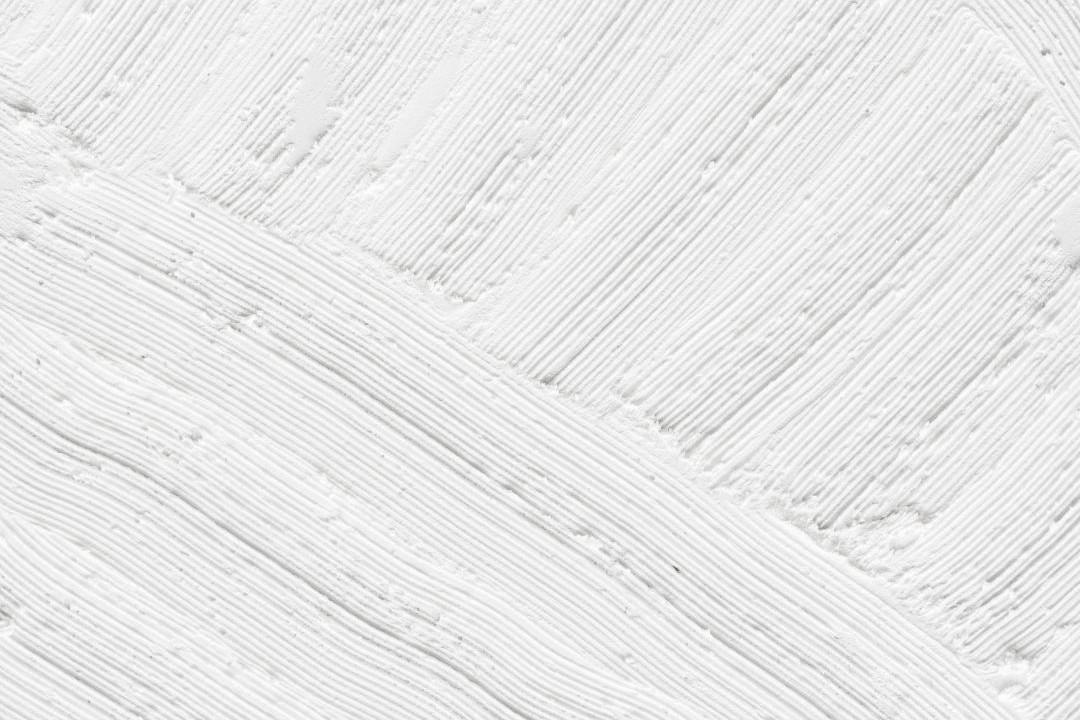
Slap brush texture is made by “slapping” a brush onto the surface while the compound is still wet. It creates a random, organic pattern—like blooming roses or petals.
It brings a lot of character to a room and can be applied with varying intensity, depending on the brush type and pressure.
Pros:
Cons:
Best rooms for it: Ceilings, informal spaces, craft rooms, and artistic home styles.
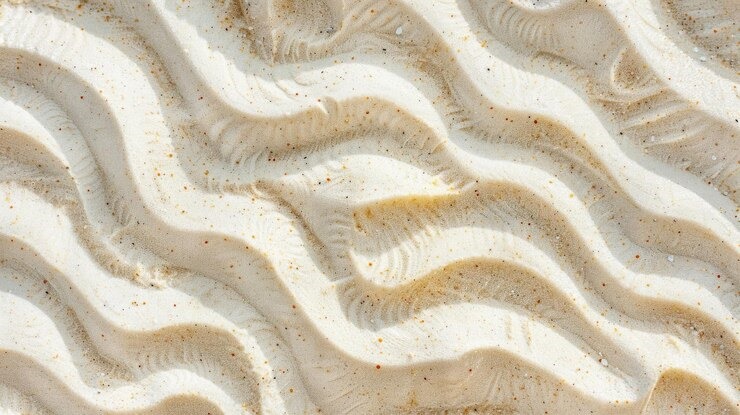
Sand swirl is made by applying perlite (a sand-mixed compound) and swirling it in repeating patterns. It has a smoother look than a slap brush and a more refined appeal.
The overlapping swirls catch the light beautifully, adding movement to what would otherwise be static walls.
Pros:
Cons:
Best rooms for it: Bathrooms, large hallways, and formal dining rooms.
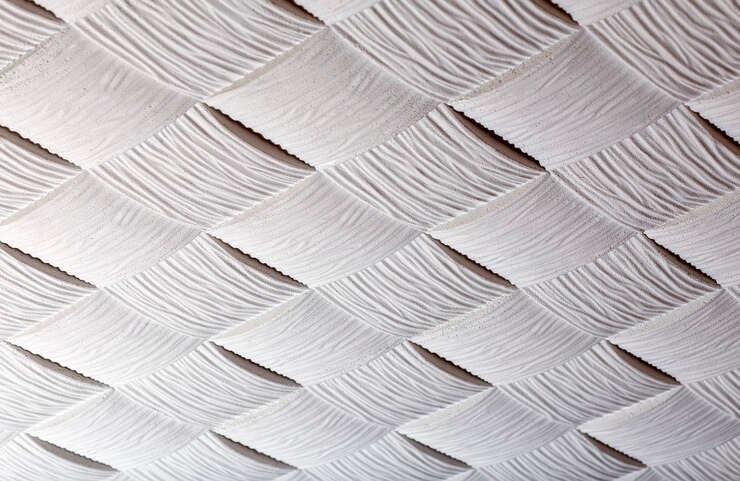
Comb texture uses a toothed trowel to create straight or curved patterns, such as arcs, waves, or fish scales.This style is great for bold homeowners who want their walls to double as design elements. It is easy to repair but requires precision to get consistent results.
Pros:
Cons:
Best rooms for it: Accent walls, creative studios, and playrooms.
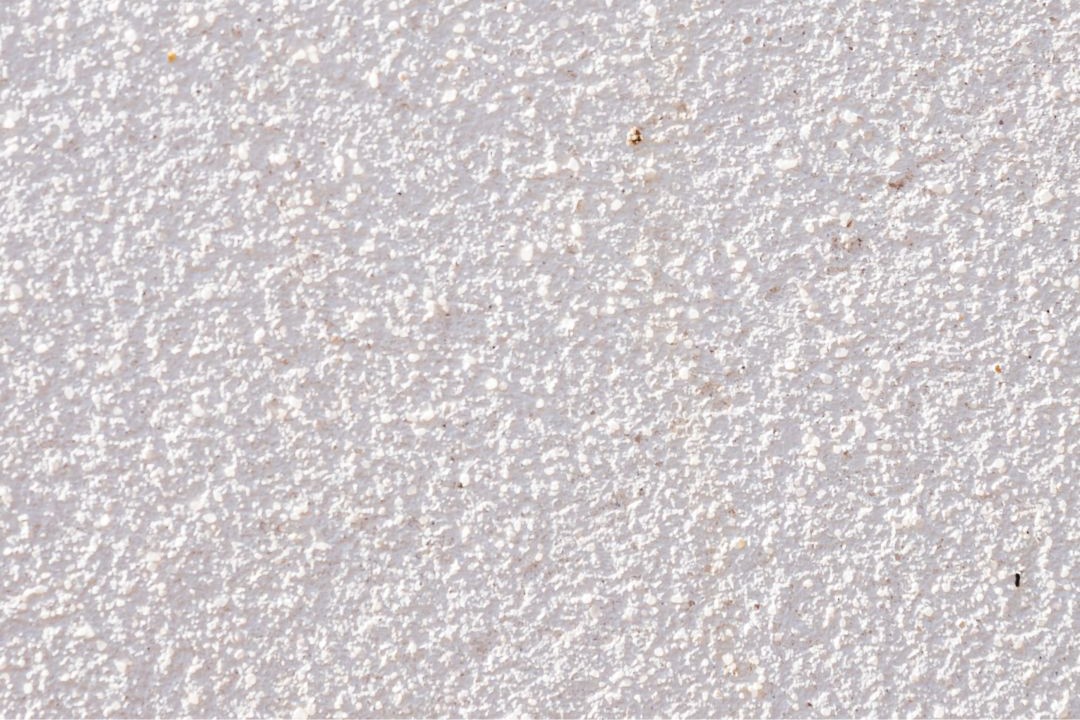
Spray sand is a mixture of sand and joint compound that is sprayed onto walls to create a gritty, fine-textured finish. It is less pronounced than orange peel but still effective at hiding minor flaws.
Pros:
Cons:
Best rooms for it: Bedrooms, nurseries, or minimalist spaces.
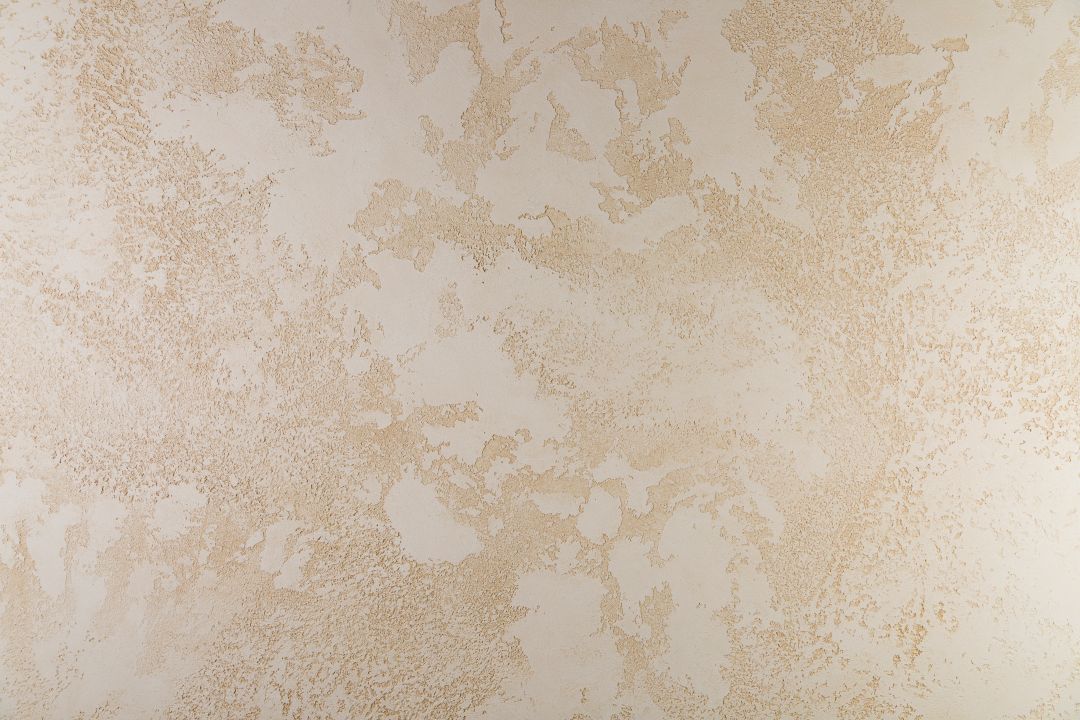
If you are aiming for a luxurious, show-stopping finish, Venetian plaster and lace textures are two top-tier options. Both offer elegance and sophistication that elevate any space.
Venetian plaster is made from tinted plaster mixed with marble dust. It is applied in thin layers and polished until it shines, creating a smooth, stone-like, or marble-like appearance. On the other hand, lace texture uses a stencil to press ornate, raised patterns into the wall, adding visual depth and artistic flair.
These finishes are not DIY-friendly—they require expert hands and precise craftsmanship.
Pros:
Cons:
Best suited for grand entryways, formal living rooms, upscale bathrooms, or interiors featuring art.
The best wall texture depends on your style, budget, room type, and renovation goals. Here are a few tips to help you choose:
Do not forget that lighting plays a massive role in how textures appear. Natural light can accentuate or soften texture patterns, so test small sections before making a final decision.
Some wall textures are beginner-friendly, while others need a skilled touch. If you are tackling a DIY project:
Always prepare your surface carefully, use the right tools, and practice on a test board before applying texture to a large wall.
Wall textures can do more than hide flaws—they can define your space, reflect your personality, and improve how your rooms feel. From the soft elegance of sand swirl to the bold drama of Venetian plaster, there is a wall texture for every style and purpose.
Before you grab your roller or call a pro, take the time to consider your room’s lighting, furniture, and design goals. With the right texture, you can take your walls from flat to fabulous—no wallpaper or art required.
Want more home improvement tips? Explore our expert guides on drywall types, ceiling finishes, and painting techniques to transform your space beautifully.

Decorapick was founded by someone who truly understands home improvement—not just as a business, but as a passion. The owner has years of hands-on experience transforming homes, one detail at a time. From choosing the right decor to maximizing small spaces, their goal is simple: help people fall in love with their homes again.
© 2025 Decorapick